
How to Beat the Orlan 10 – Examining the Russian Drone Causing Mayhem in Ukraine
Ever since the recent full-scale invasion of Ukraine by Russia, drone attack reports from Kyiv have dominated headlines from Kansas City all the way to Kyoto. Some believe this news marks a turning point where drones take on a key role in warfare. In truth, that moment has come and gone. Sophisticated UAVs have been essential to military operations since the 1990s, and drones closely fitting the modern definition existed as early as the 1950s. Drones aren’t newcomers on the battlefield. But a major change is indeed taking place, and it has to do with the type of drones Russia is deploying there.
More specifically, it’s about the number of drones present and how much each one doesn’t cost. In the last decade, the components needed to build drones have gotten more affordable. The emergence of the consumer drone market is one effect of this cost decrease. Another is that drones suited for war are also easier than ever to produce. We’ve seen factions in the middle east take full advantage of this shift, developing small, inexpensive drones to strike at their enemies from a distance. Such craft have also been used by terrorists to assault U.S. troops in Iraq and Syria. While terrorists use them out of necessity, it’s undeniable that cheap drones are an efficient strategy. Now, Russia is demonstrating how that strategy works at scale.
The Orlan 10
Which brings us to the Orlan 10, an all-too-common sight for Ukraine’s defenders. Made by the Special Technology Center (STC) in Saint Petersburg, the Orlan-10 UAV and its successor, the Orlan-30 UAV, are clearly meant to take economics to the furthest extreme. When the first was shot down and photographed, the world was stunned by its shoddy construction and thrift-store selection of parts. As you may have heard, it includes a Canon handheld camera — this discovery has the internet very amused. But if you only consider the shortcomings of the Orlan drone, you’re missing the point. It was never meant to be the pinnacle of Russian drone technology. It was designed to be fielded in high volume.
Current estimates put the number of Orlan drones in Ukraine at around 1,000 units. That means the Orlan is the most dangerous drone in Russian hands, even if it’s not the most impressive. So, what kind of drone is it, and how is it being used against Ukraine’s warfighters?
Let’s focus on the Orlan 10, starting with the basics. It’s an autonomous, fixed-wing UAV measuring at 2 m (6.5 ft) long with a 3.1 m (10.1 ft) wingspan. A gasoline engine powers the aircraft, with a large fuel tank affording it a range of 600 km (372 miles). This allows it to stay in the air for extended periods, up to 18 hours straight. Despite how the media often describes it, the Orlan-10 is not a “Russian attack drone.” In fact, it has no armaments at all. It’s a reconnaissance drone, carried by Russian ground troops who launch it from a catapult. They use it to locate Ukrainian infantry and vehicles, which they then bombard with artillery fire.
This practice is known as ISR, standing for “intelligence, surveillance, and reconnaissance.” The Ukrainians, well, they just call it “getting shelled.” If you’ve seen the pictures, you’re aware of the devastation that ensues. However, Ukraine is not taking this abuse lying down.
How to Defeat It
There are ways to defeat the Orlan-10, and Ukraine’s forces are learning them much faster than Putin would like. Here are some methods Ukraine is using to beat these Russian drones, ordered from worst to best.
The Worst Method: Jammers
When dealing with an Orlan 10, jamming is almost never an option. Though it can be piloted by remote control, Russian drone operators rarely fly it manually. They have no reason to, because the Orlan 10 is fully autonomous. Once airborne, it can maintain self-guided flight for hours on end. In other words, it’s completely unaffected by jammers. Radio jamming might delay it from transmitting target data back to the operator, but only briefly. Any time wasted using a jammer would be better spent hiding or evacuating.

The Bad Method: Small Arms Fire
Some Orlan 10s have reportedly been shot down by small arms fire. Of course, this is possible. If it’s flying low enough, someone may get a lucky shot and send the drone crashing to the ground. But, for several reasons, this is usually a bad idea. Firstly, the chances of hitting an Orlan 10 while it’s in motion are minimal. Normally, it flies too high to shoot at. It’s also too fast — you can expect it to be going at least 80 kph (50 mph) during surveillance, and its top speed is 150 kph (93 mph).
Secondly, if you’re firing at a drone using small arms, then you’re probably exposed. The moment it sees you, the Orlan 10 will transmit your location back to Russian artillery. So, even if you hit it, you won’t have long to celebrate. Again, you’re better off staying hidden.
The Okay Method: Missiles
Stinger missiles are very good at removing drones — or anything, really — from an airspace. And they should be, considering they cost $120,000 USD a piece. Ukraine has used these to down Orlan 10s on a handful of occasions. It may be the most gratifying way to do it, but it is, without a doubt, one of the most costly.
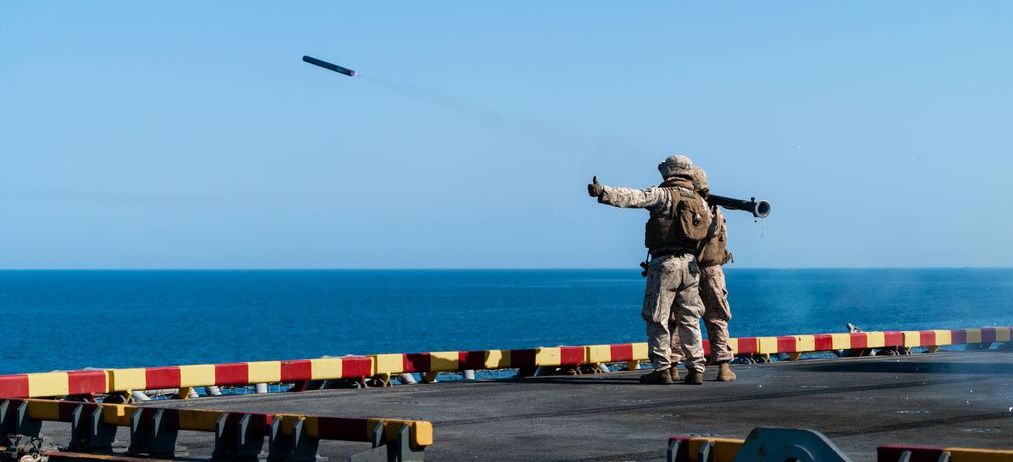
Missiles make sense when you’re dealing with a much larger aircraft, such as Russia’s Forpost UAV. But using them against inexpensive, portable drones like the Orlan 10 is considered wasteful, especially in a war of attrition with a larger country.
There’s also the issue of collateral damage. Blowing a drone out of the sky with a shoulder-fired warhead will inevitably bring flaming shrapnel down on something, or someone. To be fair, this isn’t as much of a concern in heavily contested zones like Kyiv, where the enemy has already caused major destruction.
The Best Method: Drone Interceptors
We would argue that the smartest way to defeat an Orlan 10 is with another drone — a drone interceptor, to be exact. Drone interceptors are highly advanced UAVs that specialize in capturing other drones. This way, the threat is not only neutralized, but it can even become available to turn against the enemy.
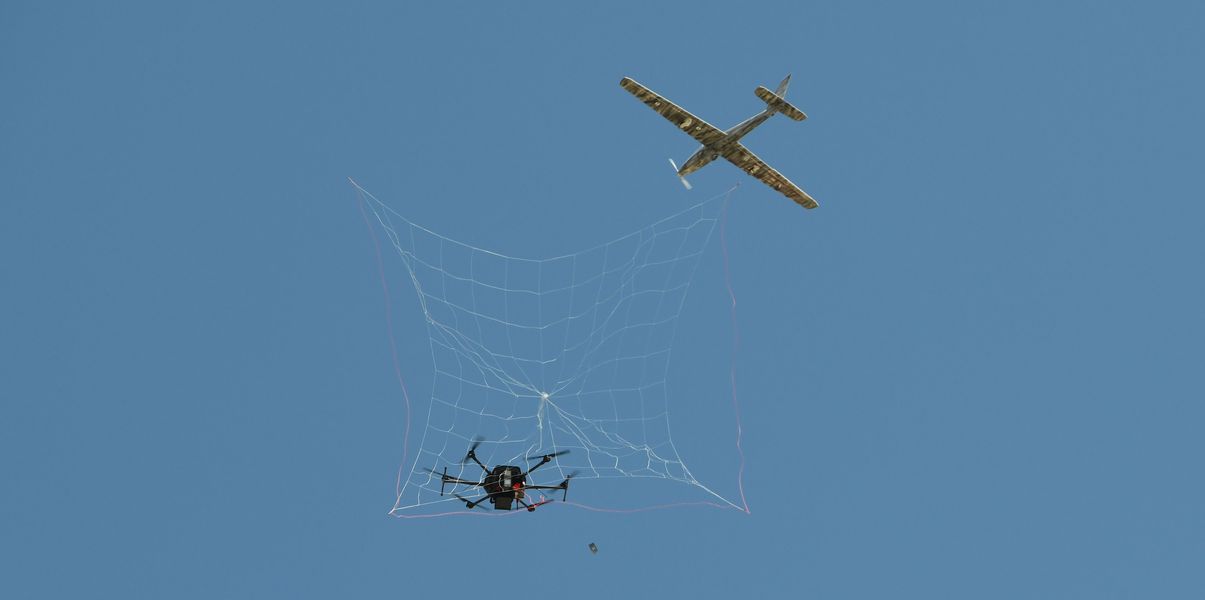
Fortem’s own DroneHunter® F700 was one of the first truly viable drone interceptor platforms, and we’re proud to say it’s the best. Several of the newest models were recently deployed to Ukraine, where they have already engaged Orlan 10s.
Compared to the alternatives, drone interceptors are significantly safer and more advantageous. The F700, for example, can capture an Orlan 10 or a similar drone while resulting in little to no collateral damage. Unlike missiles, the F700 is reusable, making it more useful for a long-term military resistance. It’s also economical, with each sortie costing only about $500.
Closing
The Orlan 10 is easily the most problematic Russian drone flying over Ukraine at the moment, but the Ukrainians are rapidly acquiring the right knowledge and tools needed to defeat them successfully. When it comes to other Russian drones, NATO has observed fewer than anticipated. But there are more drones in Russia, and we may talk about them in future articles if they start to appear.

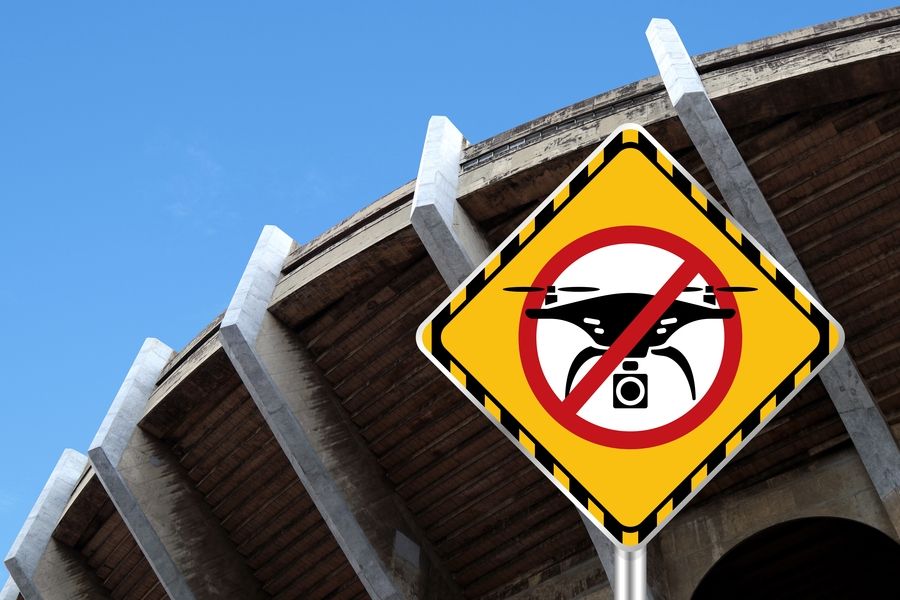


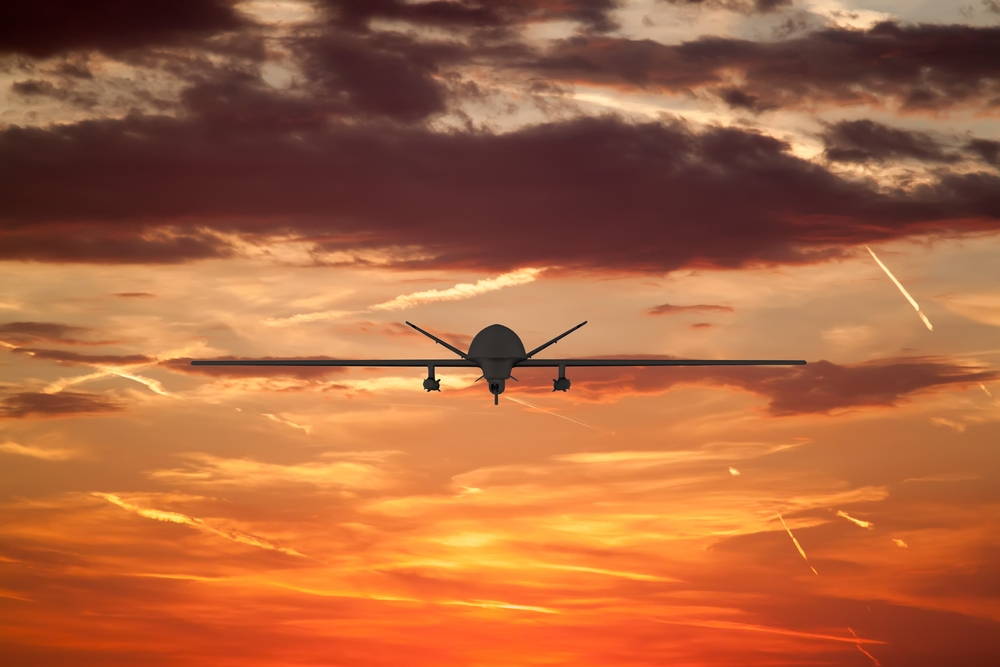

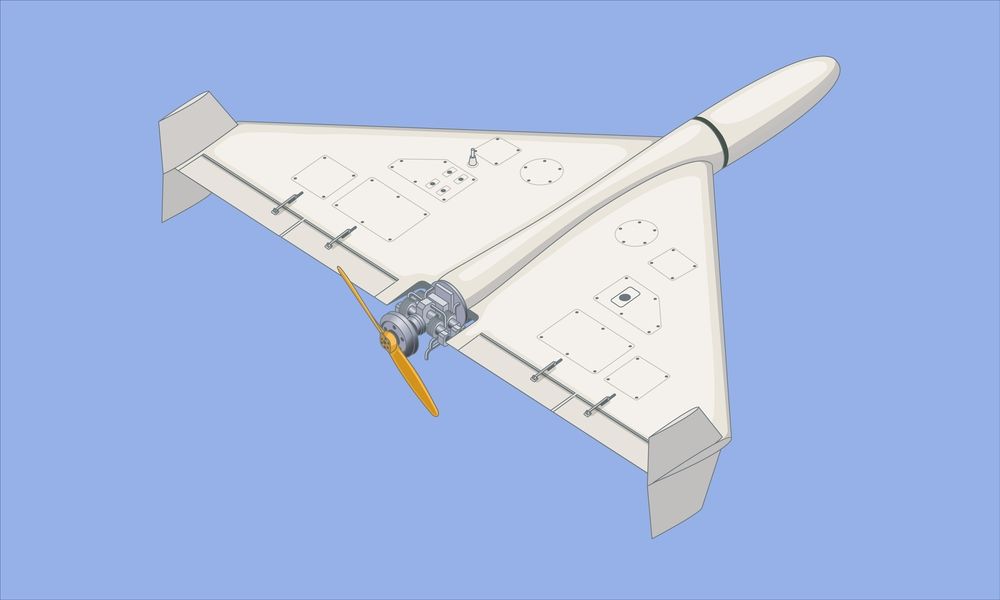
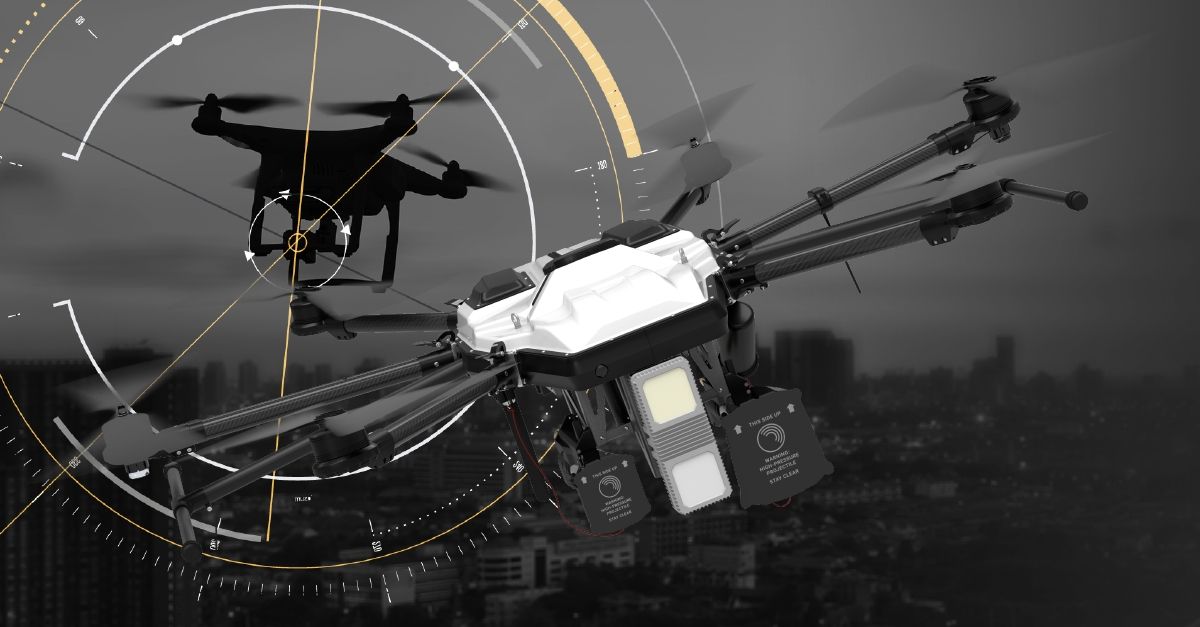


Related posts